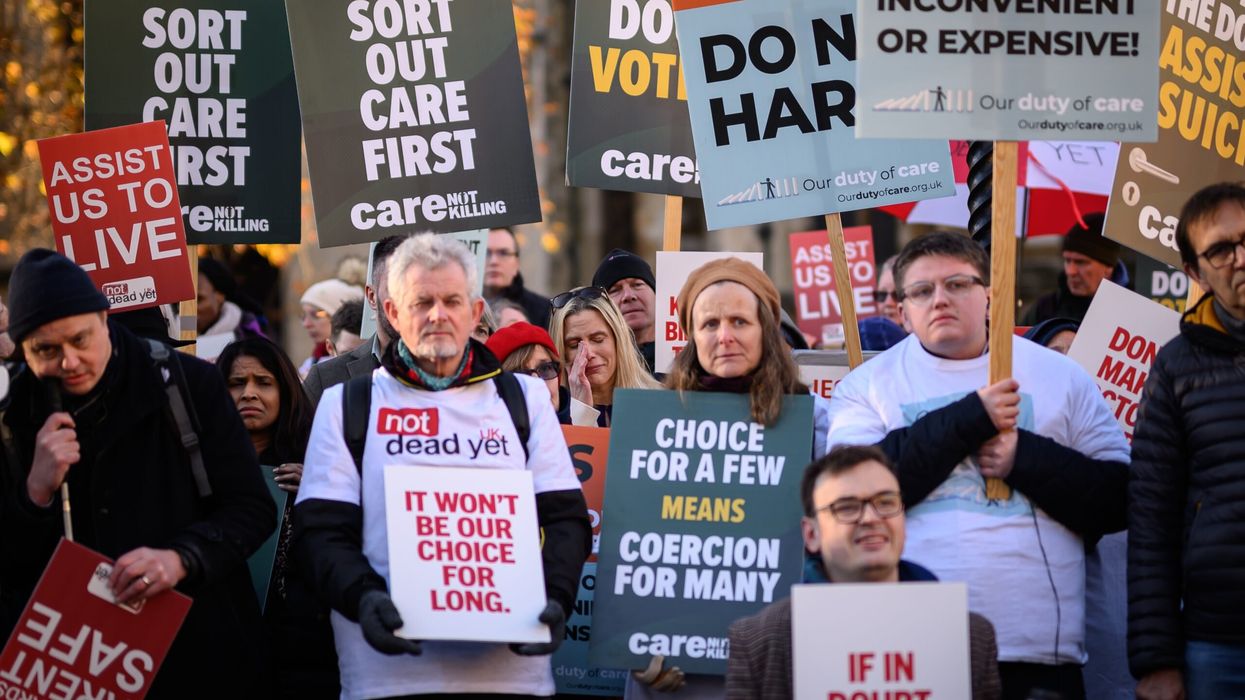by Professor Sir Nilesh Samani (Medical director at the British Heart Foundation)
SINCE the 1970s, the UK has achieved tremendous success in halving the number of deaths from heart and circulatory diseases.
This has been brought about by better treatments, more effective medicines reaching people at risk and a huge drop in the number of smokers.
Nevertheless, according to recent statistics, heart and circulatory diseases still contribute to more than a quarter of all deaths in the UK, killing on average one person every three minutes.
Diabetes is a major risk factor for heart and circulatory diseases in the UK. In England today, approximately four million people suffer from diabetes, and this figure is expected to rise to more than five million in the next 20 years.
The knock-on effect of this could be massive, with new figures predicting the number of people suffering heart attacks and strokes as a result of diabetes could rise by 29 per cent by 2035. This would mean that in 2035, 39,000 people living with diabetes will suffer heart attacks and 50,000 people will suffer strokes.
It is well known that obesity puts people at significant risk of developing diabetes, with its increasing prevalence strongly connected with the obesity epidemic the UK faces. However, obesity is not the only contributing factor. People with a family history of type 2 diabetes are more at risk of developing the disease. And some ethnic groups have a much higher rate of diabetes, including people of south Asian origin.
We’ve known for more than 50 years that the risk of coronary heart disease (CHD) is up to 50 per cent higher in first-generation south Asians than in the white European population in the UK.
Research suggests that genetics are partly responsible. A school playground study showed that children of south Asian background aged 10–14 had early markers of insulin resistance, a precursor to type 2 diabetes.
And, when people of south Asian origin put on weight, they normally carry it around their middle. Extra fat, particularly on the middle, increases insulin resistance and therefore the risk of developing type 2 diabetes. For these people, environmental factors such as a poor diet or smoking further increase this genetic risk.
The association between diabetes and heart and circulatory disease is understood but less well known. People with diabetes are two to three times more likely to develop heart and circulatory diseases. Diabetes causes high levels of glucose in a person’s blood because of a problem with the insulin hormone that their pancreas produces.
High levels of glucose in the blood can damage the walls of the arteries and make them more likely to develop fatty deposits. If these build up in the coronary arteries, the person is likely to develop coronary heart disease, which can cause angina, a warning sign that they could be at risk of a heart attack or stroke.
If we are to beat the heartbreak caused by heart and circulatory diseases, we need to address the looming diabetes epidemic.
It’s clear that the causes of diabetes are complex and linked to many variables which are often beyond our control, including where someone lives, their family and socioeconomic group.
Though we’re still working to fully understand the reasons why someone develops diabetes, we do know we need to improve prevention, treatment and diagnosis to reduce the gaps in society which are so closely linked to health.
South Asians are diagnosed with type 2 diabetes at a much younger age, and at higher rates. It’s often a silent condition, so a diagnosis may come years after onset, when blood glucose levels have been unstable for some time and have already caused harm to the body. We need strategies to be developed that will successfully reach these groups
before that harm is done.
And we need bold action to help people at higher risk of the condition. Chapter two of the government’s Childhood Obesity Plan is a welcome step, but we need to ensure that those commitments within the plan are taken forward, helping to empower individuals to make the best choices for themselves and their families. This includes restrictions on TV and online advertising of junk food to children, and banning the promotion of unhealthy
food and drinks by price and location.
We also need more research to better understand why particular groups are at higher risk of diabetes, and to combat heart and circulatory diseases in people living with diabetes.
We know that the odds are stacked against some people, but bold regulatory action can lead to significant health gains, as previous governments’ actions on smoking have shown.





 Mareyah Bhatti , a sustainability strategist and passionate home cookMareyah Bhatti
Mareyah Bhatti , a sustainability strategist and passionate home cookMareyah Bhatti






‘Bold action is needed to tackle diabetes epidemic’